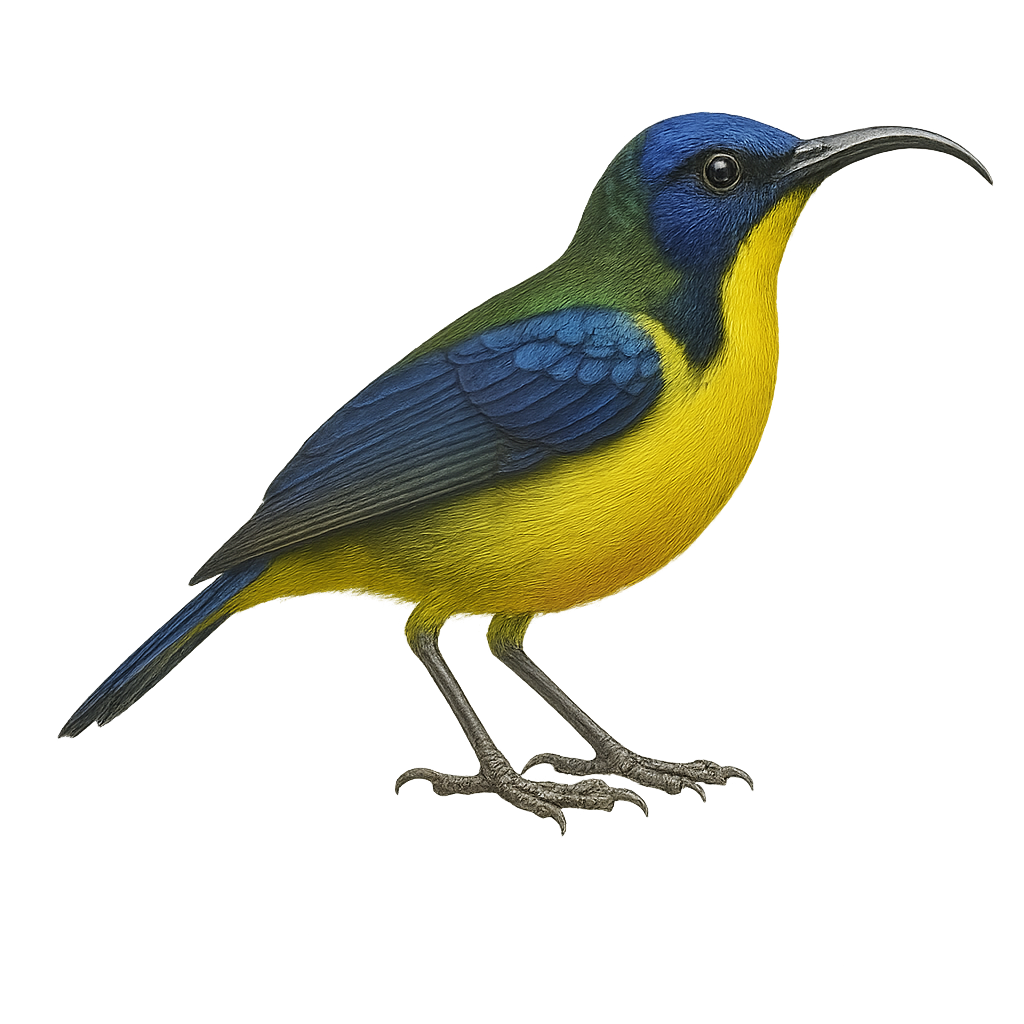Your wildlife photography guide.
Explore the lina's sunbird in detail, study its behavior, prepare your shots.
Where to observe and photograph the lina's sunbird in the wild
Learn where and when to spot the lina's sunbird in the wild, how to identify the species based on distinctive features, and what natural environments it inhabits. The WildlifePhotographer app offers tailored photography tips that reflect the lina's sunbird’s behavior, helping you capture better wildlife images. Explore the full species profile for key information including description, habitat, active periods, and approach techniques.
Lina's Sunbird
Scientific name: Aethopyga linaraborae

IUCN Status: Near Threatened
Family: NECTARINIIDAE
Group: Birds
Sensitivity to human approach: Suspicious
Minimum approach distance: 5 m
Courtship display: March to May
Incubation: 14-16 jours
Hatchings: March to June
Habitat:
Tropical rainforests, mountainous areas
Activity period :
Primarily active during the day, with peak activity in the morning and late afternoon.
Identification and description:
The Lina's Sunbird, scientifically known as Aethopyga linaraborae, is a bird from the Nectariniidae family, endemic to the Philippines. This small bird, measuring about 10 cm in length, is renowned for its vibrant plumage, displaying a spectrum of colors from red to metallic green. Males feature a striking red throat and a shiny green back, while females are more subdued with olive-green hues. They primarily inhabit tropical rainforests and mountainous regions. Their diet mainly consists of nectar, but they also consume insects to supplement their nutrition. Lina's Sunbird plays a vital role in the pollination of local plants.
Recommended lens:
400mm – adjust based on distance, desired framing (portrait or habitat), and approach conditions.
Photography tips:
To photograph Lina's Sunbird, it's advisable to use a lens of 400mm or more to capture the details of its colorful plumage without disturbing it. Look for areas where flowers are abundant, as these birds are often attracted to nectar. Be patient and discreet, maintaining a distance of at least 5 m to avoid scaring them away. Use a fast shutter speed to freeze the rapid movement of their wings.
The WildlifePhotographer App is coming soon!
Be the first to explore the best nature spots, track rutting seasons, log your observations, and observe more wildlife.
Already 1 439 wildlife lovers subscribed worldwide

